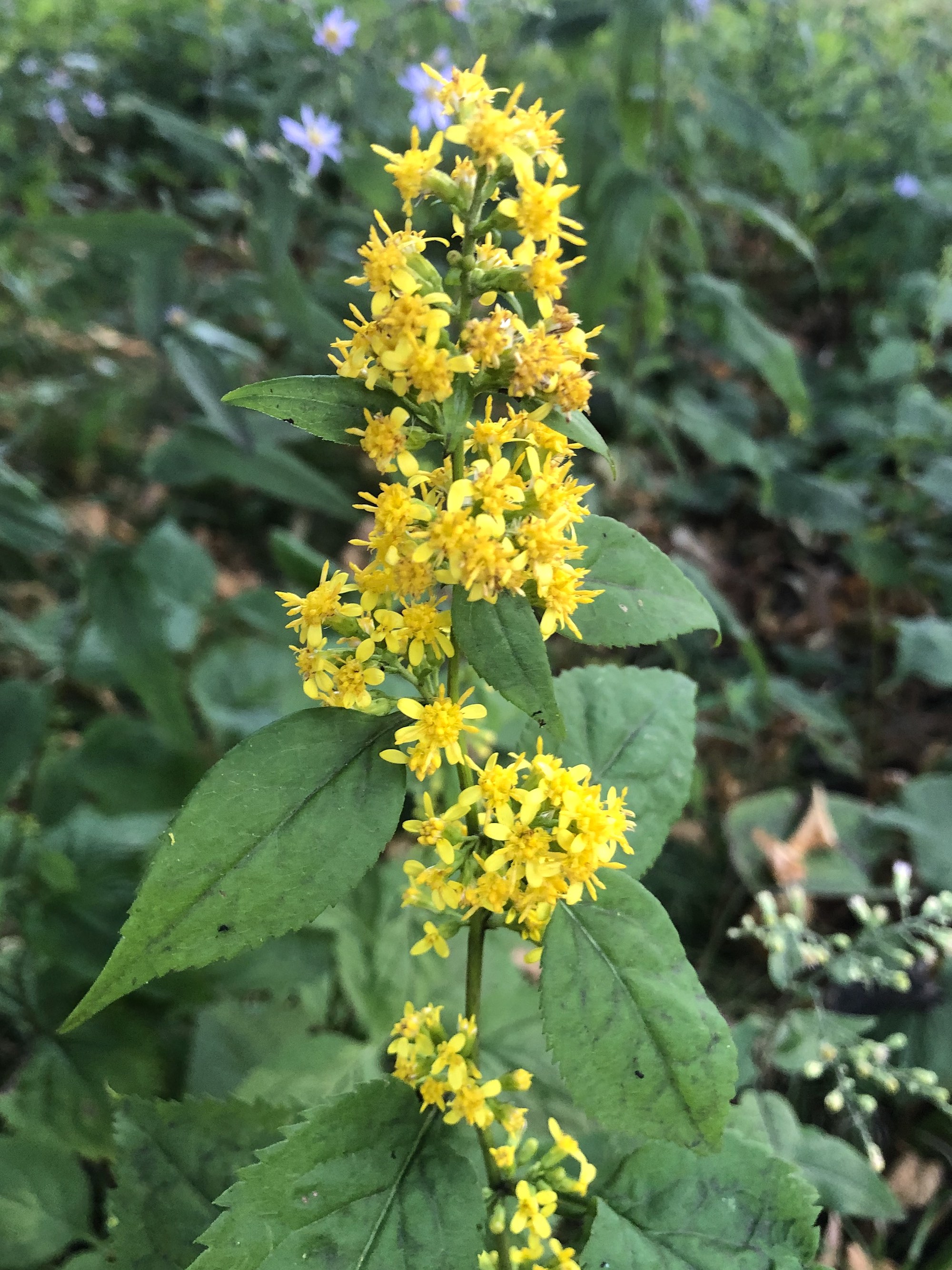

It is often sold by nurseries that specialize in plants for bush tucker. It can also be grown on a substantial trellis or a sturdy pergola. The plant is fairly easily propagated from fresh seed, and in the garden it is often pruned to keep it in shrub form. Material from the stem and bark has been used to treat various tumours. Pale Green Triangle ( Graphium eurypylus) butterflies.the Fourbar Swordtail ( Protographium leosthenes),.They are hard on the outside, but contain soft pulp. The fruits are red or orange-red, peanut shaped, edible and tasty. There are up to about 5 seeds per carpel. Each carpel is about 2 – 4 cm by about 1 cm, on a stalk a little over 1 cm long. The ovaries are long and narrow, covered in brown hairs, and the stigma is lobed. The flowers are yellow to orange to brown in colour, the petals thick and fleshy, just over a centimetre long the three outer petals are triangular, and slightly longer than the three inner petals, which are fused at the apex. The odour of the flower, when present, is rather like that of over-ripe bananas. The flowers, occurring in pairs, often appear to be borne on the twigs opposite the leaves, but they are probably terminal, the axillary bud in the axil of the final leaf producing a leafy shoot that takes over the function of the terminal shoot, and it is this that makes the inflorescence appear lateral and leaf-opposed. Close to the leaf margins, the lateral veins form loops. The petioles are about 1 – 5 mm long, and grooved on the upper surface. The leaf blades are about 6 – 19 cm long by 2 – 6.5 cm wide. The twig bark is strong and fibrous when stripped. When very young, the leaf-bearing trigs are covered in minute rusty-brown stellate hairs. Stem diameters as large as 9 cm have been recorded.

In the rainforest it becomes a large vine reaching up to the canopy. The young stems climb by means of loops and sudden bends (hence the ‘zig-zag'). The plant only begins to climb when it is a few years old. The plant usually grows as a scrambling tree-top vine, but can flower and fruit as a shrub. The plant photographed was found growing on Hawkings Point, Picnic Bay. The cookie is set by GDPR cookie consent to record the user consent for the cookies in the category 'Functional'. The cookie is used to store the user consent for the cookies in the category 'Analytics'. It also occurs in New Guinea, and in other parts of Malesia. This cookie is set by GDPR Cookie Consent plugin. It is found in rainforest, gallery forest and vine thickets. In the northern part of its range, it will grow at any altitude up to about 1000 m. The leaves are large, thick, alternate, elliptic in shape, up to 6cm long and wide, pointed at the tip and rounded at the base, falling readily from the stems, making the plant appear almost leafless. The red flowers are slipper-shaped, up to 1cm long and clustered towards the top of the stems. This vine occurs in Cape York Peninsula, north-east Queensland, and southwards as far as north-eastern NSW. Zigzag plant (Pedilanthus tithymaloides) Ornamental shrub with thick, succulent zigzag stems. Melodorum is derived from the Latin mel, honey, and odor, scent (the crushed leaves smell like honey) leichhardtii is for Ludwig Leichhardt (1813-1848), the German explorer who travelled over large portions of the Australian interior, discovering many new plants on the way.

Pronounced: mel-oh-DOOR-um lie-KART-ee-eye ( Annonaceae - the custard apple family) Substitution may only be prevented by contacting The Cactus King.Īvailability and prices are subject to change.Melodorum leichhardtii (F.Muell.) Benth 1863 The moment payment via check, cash or money order is received/cleared, however, a client’s plants are reserved. If the particular desired plant(s) sell out, substitution occurs. Timely payment is critical to avoid substitution. The Cactus King reserves the right to substitute your plant(s) as availability dictates. Loss of soil will not harm your plant(s). As such, if your plant is potted, dirt may fall out during the journey. The Cactus King’s soil mix is very light to stop moisture from lingering too long and causing illnesses such as root rot. Our plants are packaged with care, utilizing varying protective wrapping (depending on the cactus or succulent), such as newspaper and/or Styrofoam beads within a cardboard box. They may be a cutting, division or non-rooting plant. The majority of our cacti and succulents are shipped bare root.


 0 kommentar(er)
0 kommentar(er)
